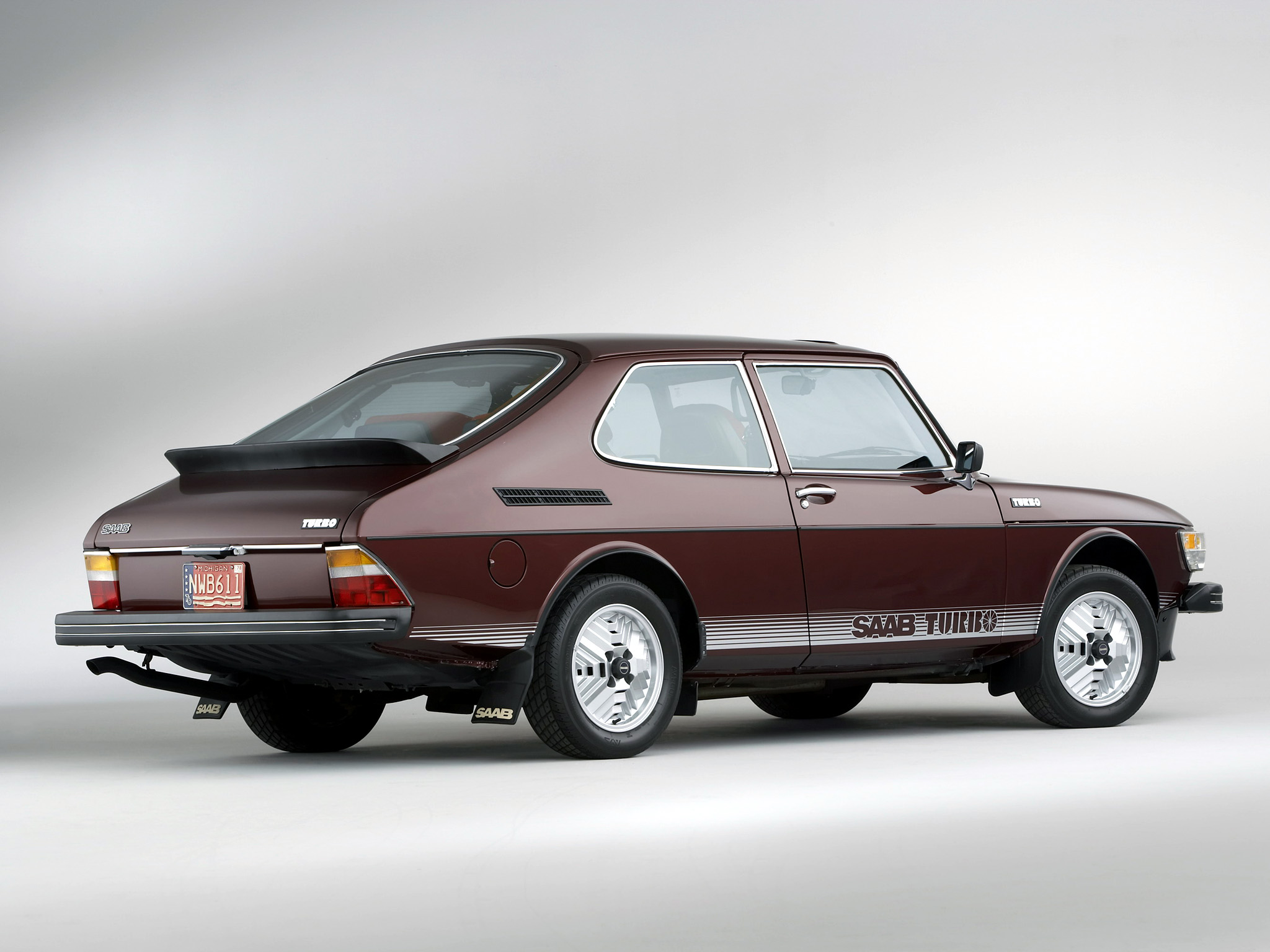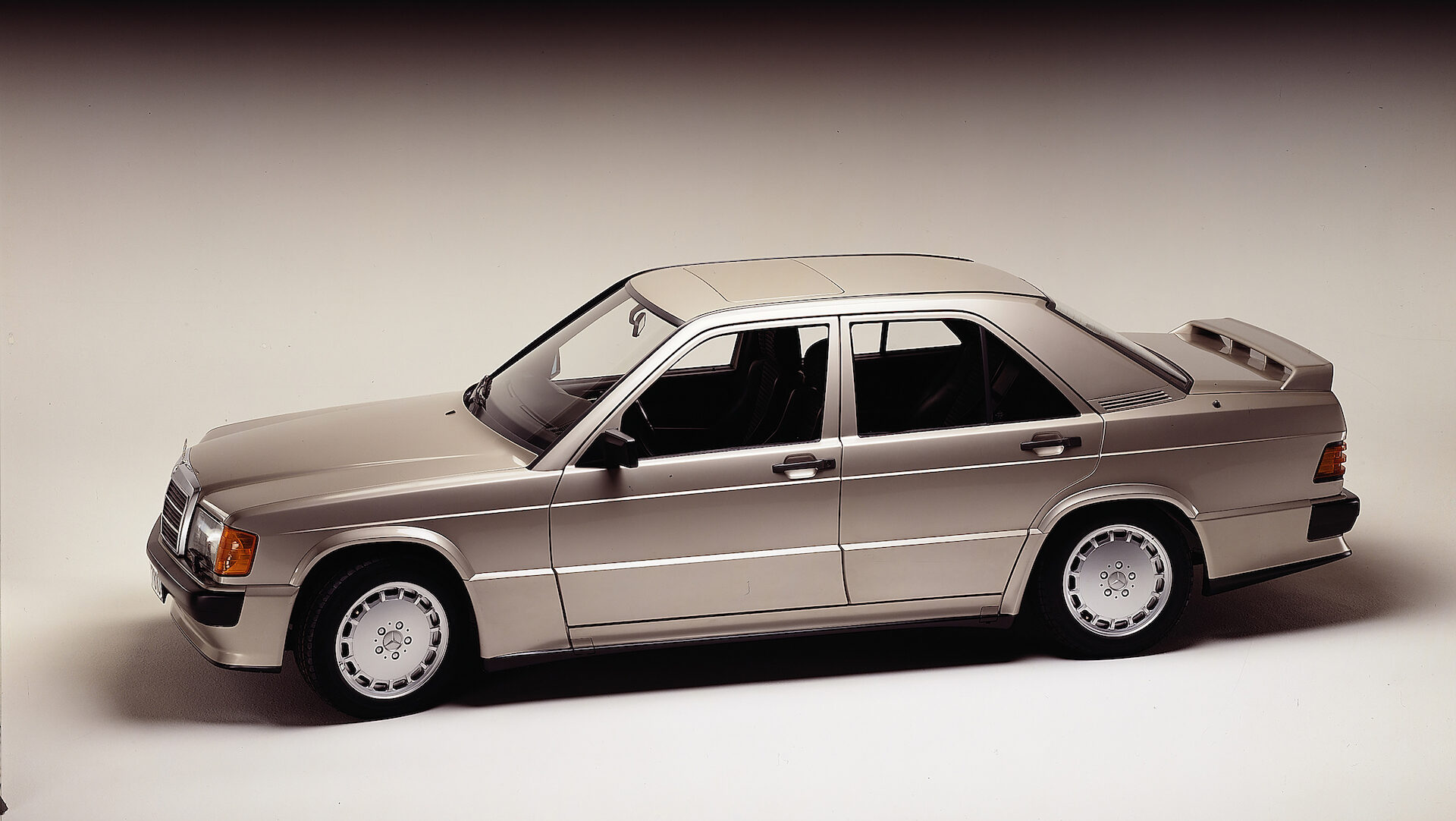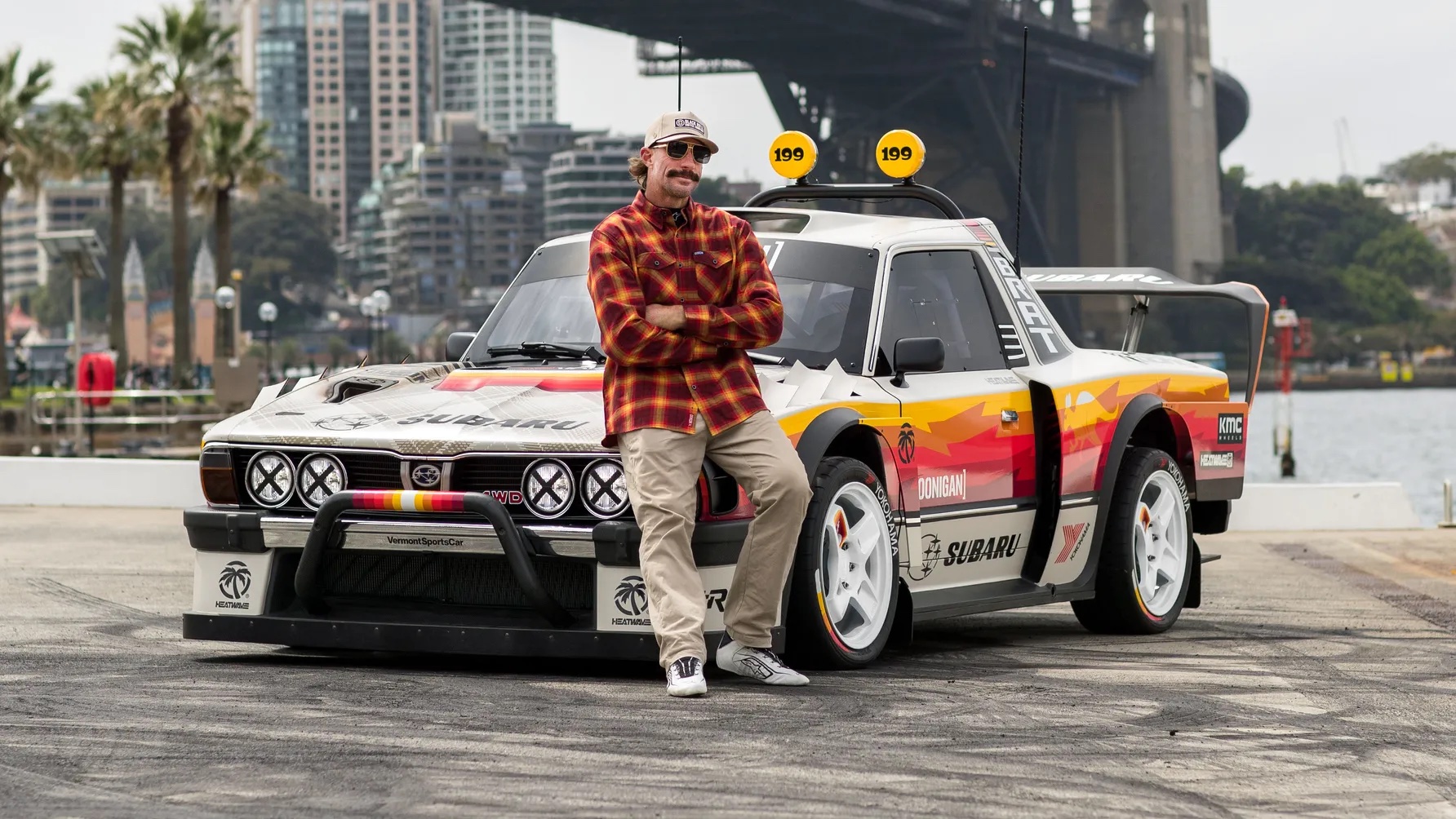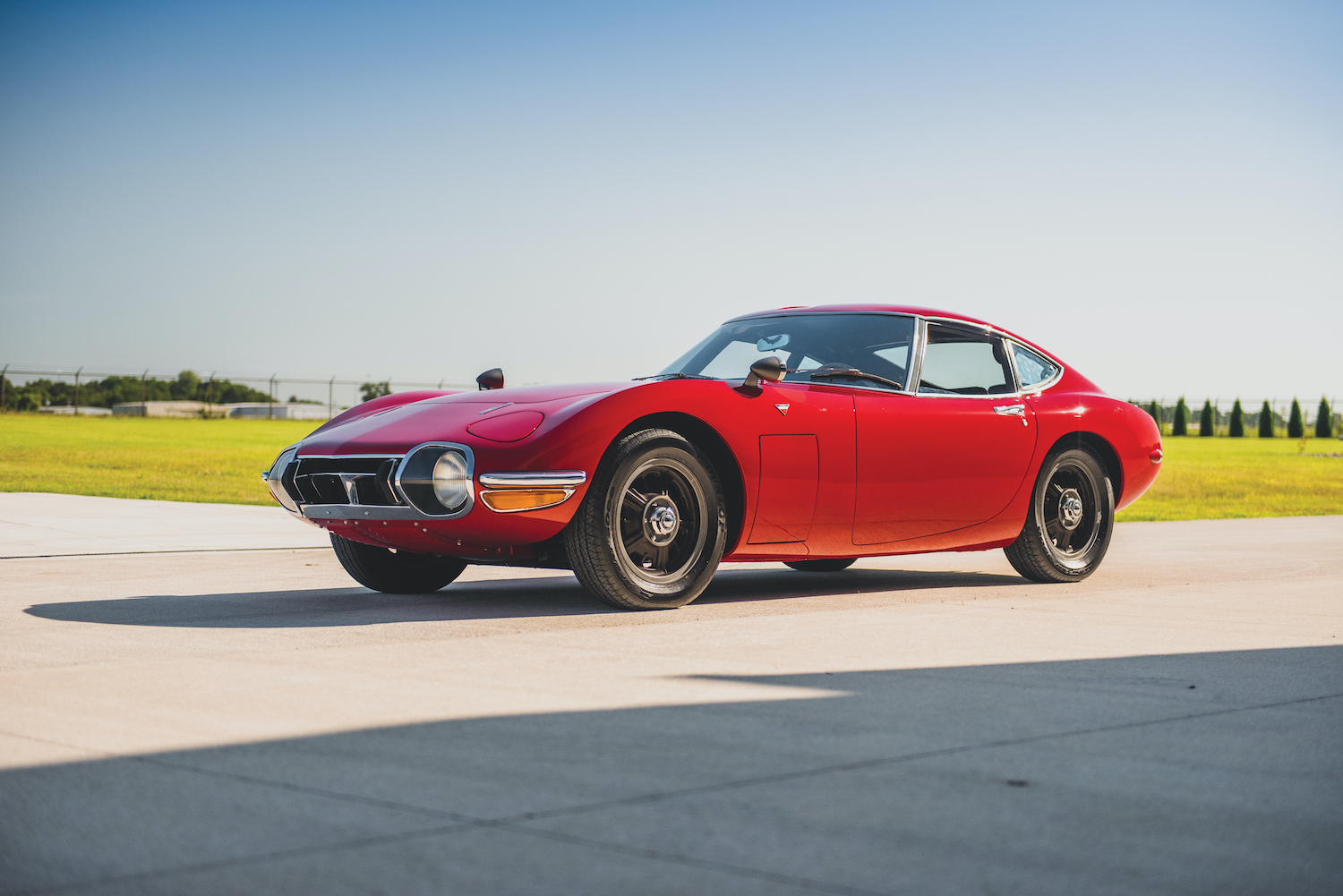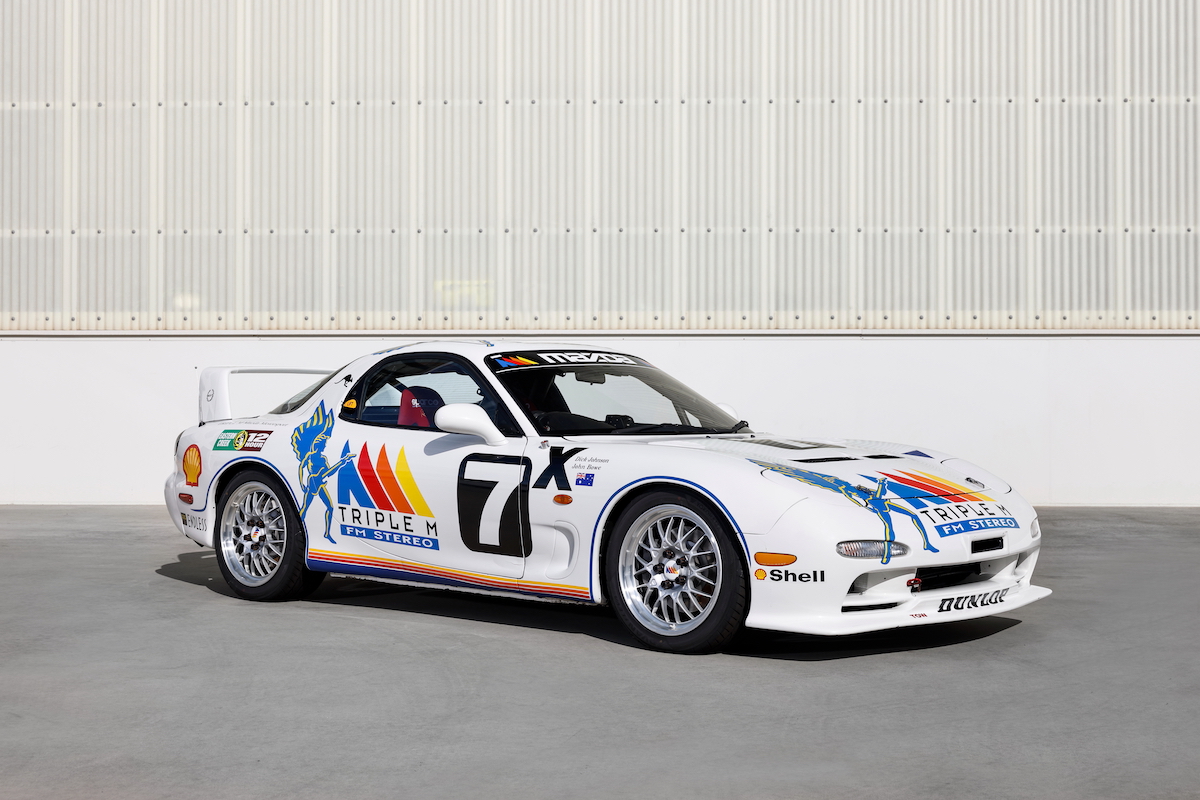Decades before the R32 Nissan Skyline GT-R famously won the 1991 Bathurst 1000, it’s grandaddy the 1969 Nissan Skyline 2000 GT-R stalked the expressways of Japan.
Japan has produced some individual and impressive performance cars over the past six decades, machines as varied as the Mazda RX-7, Honda NS-X, Subaru and Mitsubishi turbo AWD rally rockets and more recently, the Nissan R35 GT-R.
All these cars – not just the mighty Godzilla – can trace their first, serious stirrings to the 1969 Nissan Skyline 2000 GT-R.
The Skyline nameplate was the mainstream sedan model of the Prince Motor Company, the car-making descendant of the Tachikawa Aircraft Company that designed and produced mainly light training aircraft for the Imperial Japanese Army Air Force during WW2.
Prince’s four-cylinder Skyline and larger, six-cylinder Gloria were well regarded for their advanced engineering and luxury equipment. In 1964, amid the birth of Japan’s expressway road network and booming interest in motor sport, Prince created a performance landmark by grafting the Gloria’s 2.0-litre, six-cylinder G-series donk into the compact Skyline.
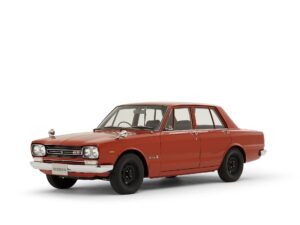
Nissan Skyline 2000 GT-R 1969. Image: Supplied
The transplant required a 200mm chassis stretch, but the S54 Skyline GT-B boasted 93kW with triple carbs, a five-speed ’box and limited-slip diff.
In 1966, Nissan absorbed Prince and the Skyline with it. But the best was yet to come in February 1969 with a new generation, PGC10 (Prince-GT-C10) Skyline GT-R. This hi-po sedan, followed in October ’71 by a coupe version (KPGC10), debuted a stonking, 2.0-litre straight-six beneath its front-hinged bonnet.
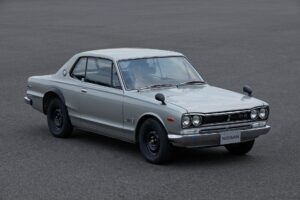
1973 Nissan Skyline 2000GT R coupe – Image: Supplied
The S20 engine was closely related to the Prince-engineered GR8 from Nissan’s 1966 R380 sports-racer. The 1998cc in-line six featured double overhead cams and four valves per cylinder, and in 1970 Lucas mechanical injection replaced the triple 40mm Solex-Mikunis. With a reliable 119kW at 7000rpm and 180Nm at 5600rpm, the S20 matched the contemporary Porsche 911E; race-tuned GT-R engines were good for 186kW and would rev to 10,000rpm.
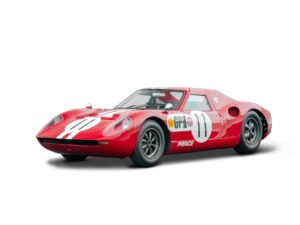
1966 Prince R380-I racer – Image: Supplied
A medium-sized sedan in its day, the GC10 measured just 4430mm in overall length, on a 2640mm wheelbase but was just 1595mm wide. This Skyline series is known to fans as the Hakosuka, translating as “box Skyline.”
Beyond the red ‘R’ badges, it was difficult to pick a GT-R from the regular GC10 GT sedan version, save for flared guards introduced in 1970. Suspension was by front struts and semi-trailing arms at the rear, with discs at each corner. Like its S54 predecessor, it also boasted a five-speed ’box and LSD.
Homologation “stripper” specials were still a new concept when the GT-R launched with its bare-arsed banzai interior. Vinyl buckets were the business and road cars deleted radios and heater systems to reach 1100kg. Works racers got down to 950kg and sported even wider guards and a boot spoiler.
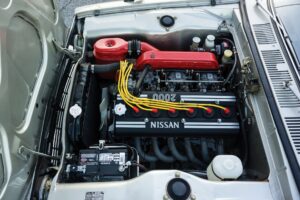
Nissan Skyline 2000 GT-R
The ’71 coupe was even more a homologation special, developed to address the shortfalls of the understeer-prone sedan via a 70mm shortened wheelbase. Indeed, the PGC10’s understeer famously prompted its drivers to throw the cars into corners; some say this was the beginning of the modern motorsport craze of drifting.
Driven most notably by Motoharu Kurosawa, Kunimitsu Takahashi and Masahiro Hasemi, the GT-R sedans racked up 33 national race victories. The coupe extended that tally to 50 victories before falling to the emergent Mazda RX-3 rotary coupe. Nissan withdrew its factory team at the end of 1972.
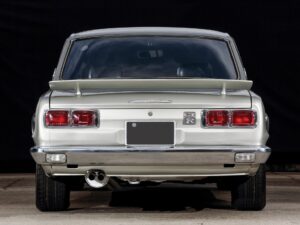
Nissan Skyline 2000GT-R Coupe – Image: Supplied
Production also ended in 1972 after a total of just 1945 coupes and sedans had been built, the two-doors accounting for about 60 per cent of this. The replacement C110 Skyline coupe was heavier, and privateer KPGC110 racers never enjoyed the success or fanatical following of their predecessors. They would be the last GT-Rs for more than a decade.



